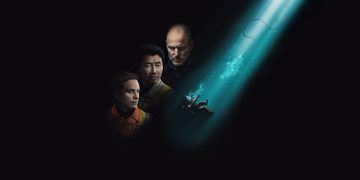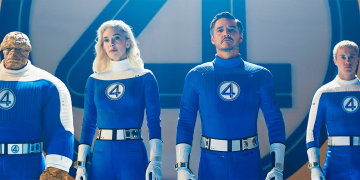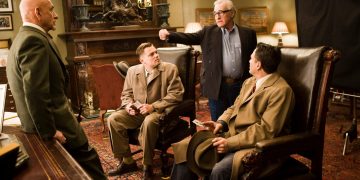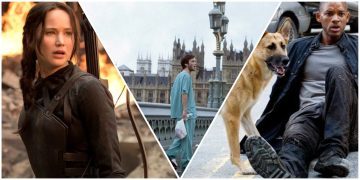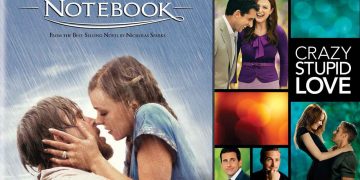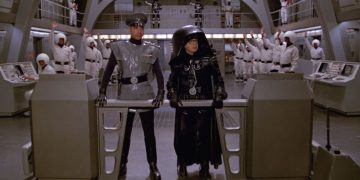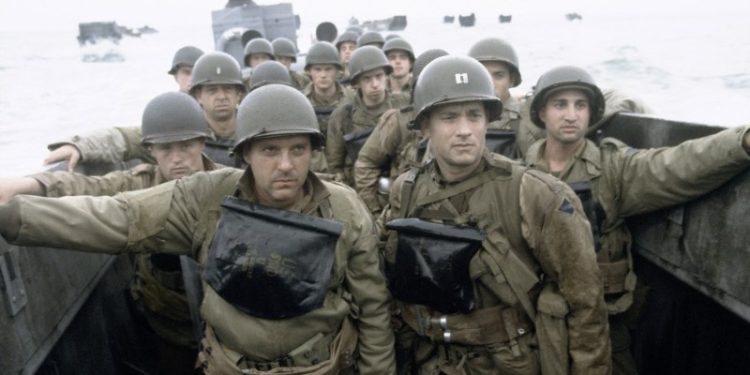War is often portrayed on screen as a spectacle of explosions, strategy, and heroism. But beneath the gunfire and chaos lies something more profound—the human stories that unfold in times of crisis. This article dives into the heart of war movies with deep humanistic themes, showcasing the films that don’t just entertain but also move us, educate us, and leave a lasting emotional impact.
Why Humanistic War Films Matter
While war movies have long been dominated by tales of valor and tactical brilliance, some filmmakers choose to take a different approach—highlighting the emotional and psychological toll of war.
These movies:
- Explore moral ambiguity rather than patriotic certainty.
- Showcase empathy, sacrifice, and trauma over violence and victory.
- Portray war as not only a clash of armies but a collapse of individual humanity.
“In war, truth is the first casualty.” – Aeschylus
This quote couldn’t be truer in humanistic war films, where characters wrestle with their conscience, and survival comes at a cost that transcends bullets and blood.
Centered hero still from a dramatic war film exploring human cost
Common Humanistic Themes in War Movies
What makes a war movie humanistic? It’s not just slow-motion tears or somber music—though those help. It’s the unfiltered look at what war does to people, often framed in themes that resonate deeply.
1. Brotherhood & Camaraderie
There’s an unbreakable bond that forms in the trenches. These films show how friendship becomes a survival mechanism, offering brief relief from fear and pain.
2. Loss of Innocence
Young soldiers, often fresh out of school, are thrust into hellish conditions. Movies like All Quiet on the Western Front depict how naïveté gives way to despair, one bloody scene at a time.
3. Moral Conflict
These films don’t glorify killing—they question it. When a soldier has to choose between orders and ethics, we witness a powerful internal war that’s just as brutal as the one outside.
Iconic shots from emotionally charged war cinema
Must-Watch War Movies That Hit You Right in the Heart
Below is a curated list of must-see war films that don’t just depict war—they humanize it. These aren’t your average action flicks. They immerse you in the lives of those affected, often leaving you stunned in silence as the credits roll.
1. Saving Private Ryan (1998)
Steven Spielberg’s masterpiece is as brutal as it is beautiful. Beyond the legendary opening scene, it’s a story about sacrifice, brotherhood, and moral duty.
“Earn this.”
These two words haunt the audience as much as the protagonist.
Internal Link: For more emotionally powerful war dramas, check our Top Emotional Movies That Make You Cry.
2. All Quiet on the Western Front (2022)
This modern adaptation strips away any glamor. It’s raw, grim, and unforgettable. The story follows a young German soldier who realizes that nationalist pride is no match for the horrors of war.
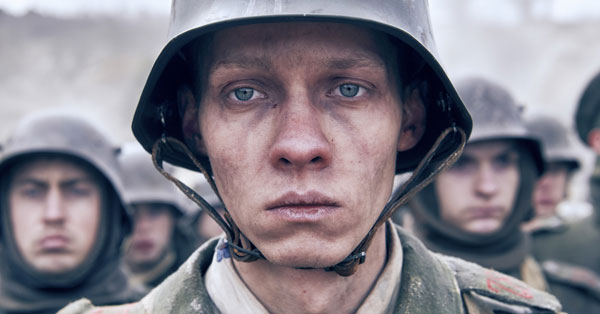
Based on Erich Maria Remarque’s iconic novel, the film is a visual and emotional punch to the gut.
3. Hacksaw Ridge (2016)
The true story of Desmond Doss, a medic who refused to carry a weapon but still saved 75 lives. Mel Gibson directs this bloody but tender tale with cinematic flair and moral conviction.
- Doss shows how courage isn’t about killing—it’s about saving.
- The battle sequences are intense, but it’s the quiet moments that stay with you.
4. The Thin Red Line (1998)
Terrence Malick’s poetic take on war is less about plot and more about existential reflection. The cinematography is lush, but the voiceovers are what grip your soul.
“What is this war in the heart of nature?”
This film contemplates the meaning of life and death amid chaos.
5. Grave of the Fireflies (1988)
An animated film, but don’t let that fool you—it’s one of the most devastating portrayals of war’s effect on children. Set in WWII Japan, it follows a brother and sister fighting for survival.
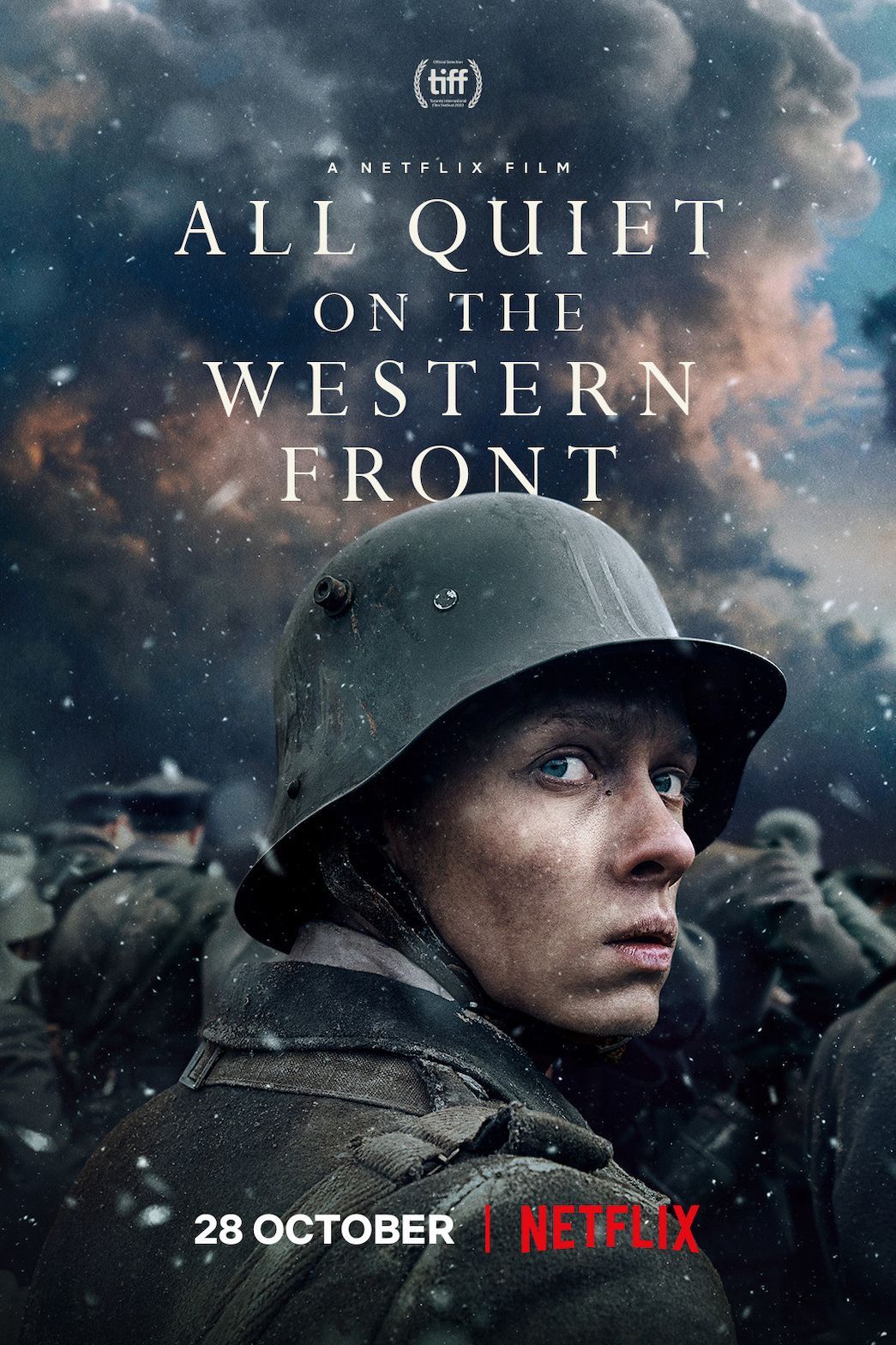
Bring tissues. Lots of them.
Grave of the Fireflies reminds us that sometimes, the smallest victims suffer the most.
Stay tuned for the second half, where we’ll explore:
- How cinematography and sound evoke emotion
- The empathy war films create in viewers
- War from the “enemy’s” perspective
- Cultural and educational impact of war cinema
➡️ Next up: How War Movies Spark Empathy in Audiences
Let me know when you’re ready for the rest of the article!
How War Movies Spark Empathy in Audiences
Humanistic war films are more than storytelling—they’re emotional experiences. They allow viewers to see war through the eyes of individuals, not nations. This personalization is what sparks empathy.
What makes these films effective is their use of:
- Character-driven narratives, where soldiers are sons, fathers, and dreamers before they’re warriors.
- Emotional pacing that emphasizes internal battles over external conflict.
- Honest portrayals of grief, fear, and regret, helping audiences connect with what’s onscreen.
“When the enemy becomes human, war becomes unbearable.”
That’s the core truth many of these films deliver with quiet power.
Humanizing the “Enemy”
One of the most powerful things war cinema can do is challenge viewers’ preconceived notions. When done right, films break down the “us vs. them” mentality, portraying soldiers on both sides as people caught in the same storm.
Notable examples:
- Letters from Iwo Jima (2006) shows the Japanese side of WWII, giving voice to soldiers often depicted as nameless foes.
- Come and See (1985), a Belarusian film, presents the trauma inflicted on civilians, shifting focus from soldiers to victims.
These perspectives are rare but essential. By humanizing “the other side,” filmmakers promote understanding and peace, not just entertainment.
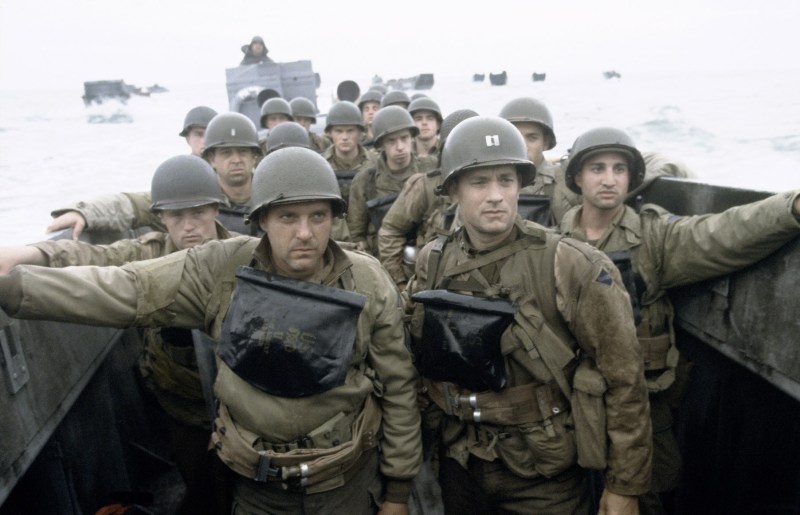
Wartime survival captured in raw, emotional frames
The Role of Cinematography and Sound Design in Emotion
What you see and hear in these films shapes how you feel. It’s not just the script—it’s the cinematography and sound design that elevate the emotion.
Techniques that intensify empathy:
- Muted color palettes to represent despair or fading hope (e.g., The Pianist).
- Use of silence and ambient noise to emphasize loneliness or impending doom (e.g., 1917).
- Symbolic framing, where characters are dwarfed by ruined cities or vast fields, highlighting their fragility.
The score also plays a huge part. Subtle, haunting compositions like those in The Thin Red Line or Grave of the Fireflies help amplify the emotional gravity of scenes without overpowering them.
Quotes That Hit Home
The most powerful war films leave us with lines that echo long after the movie ends. These quotes encapsulate the emotional core of each story.
“War is young men dying and old men talking.” – The Pacific
“The world will not be destroyed by those who do evil, but by those who watch them without doing anything.” – Grave of the Fireflies
“Every man I kill, the farther away from home I feel.” – The Hurt Locker
Such lines don’t just serve dialogue—they crystallize the film’s message in a few unforgettable words.
More than Just Movies: Educational and Cultural Impact
War movies with humanistic themes are powerful educational tools. They help students and general audiences alike understand the human cost of war in a visceral, relatable way.
Why educators use them:
- They encourage critical thinking about ethics, duty, and national identity.
- They highlight lesser-known perspectives, including civilians, medics, and enemy combatants.
- They provoke emotional engagement, which deepens retention of historical facts.
Films like Schindler’s List, The Book Thief, and All Quiet on the Western Front have even been incorporated into history curriculums globally.
For more on this topic, check out our guide to teaching history through emotional cinema.
Where to Watch These Masterpieces
Ready to dive in? Most of these humanistic war films are available on major streaming platforms, and some are even restored in HD.
Streaming Recommendations:
- Netflix: All Quiet on the Western Front (2022)
- Amazon Prime: Hacksaw Ridge, 1917
- HBO Max: The Pianist, Come and See
- Crunchyroll/Ghibli Library: Grave of the Fireflies
You can also check out The Criterion Collection for timeless physical editions of The Thin Red Line and Paths of Glory.
Final Thoughts – War, Humanity, and the Screen
In a world saturated with action-packed entertainment, humanistic war films remind us of the real cost of conflict. They force us to feel, reflect, and sometimes even change.
These films don’t glorify war—they challenge it. They honor not just the brave, but also the broken. Through raw honesty and profound storytelling, they bring humanity back to history.
So next time you choose a war movie, consider one that does more than thrill. Choose one that moves you.
FAQs about Humanistic War Films
Q1: What makes a war movie humanistic?
A: A humanistic war film focuses on the emotional, ethical, and psychological experiences of individuals during war, rather than just tactics or patriotism.
Q2: Are there any animated humanistic war films?
A: Yes! Grave of the Fireflies is a standout example—deeply emotional, beautifully animated, and devastatingly real.
Q3: How do directors approach emotional storytelling in war films?
A: They often use quiet scenes, internal monologues, and symbolic visuals to evoke empathy, rather than relying solely on battle sequences.
Q4: Can war movies really influence public opinion?
A: Absolutely. Films like Platoon, The Deer Hunter, and Apocalypse Now have shaped conversations about war trauma and national policy.
Q5: Are these films based on real events?
A: Many are inspired by true stories or memoirs. Hacksaw Ridge, The Pianist, and Saving Private Ryan all have real-life origins.
Explore more:
- 10 Must-See Anti-War Documentaries That Will Open Your Eyes
- Emotional Movies Based on True Stories
- Movies That Changed Public Perception of War
Thank you for reading. Let these stories not only entertain you but also remind you of the real human beings behind the headlines.

